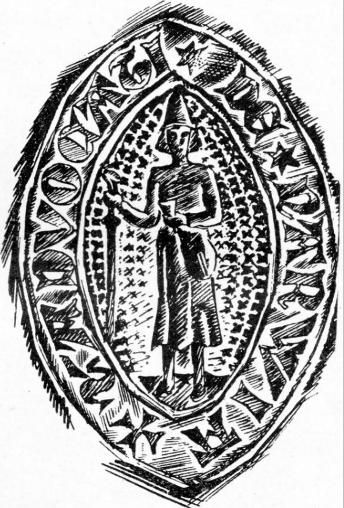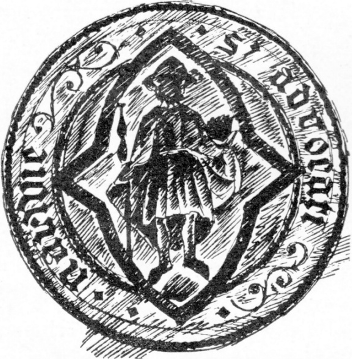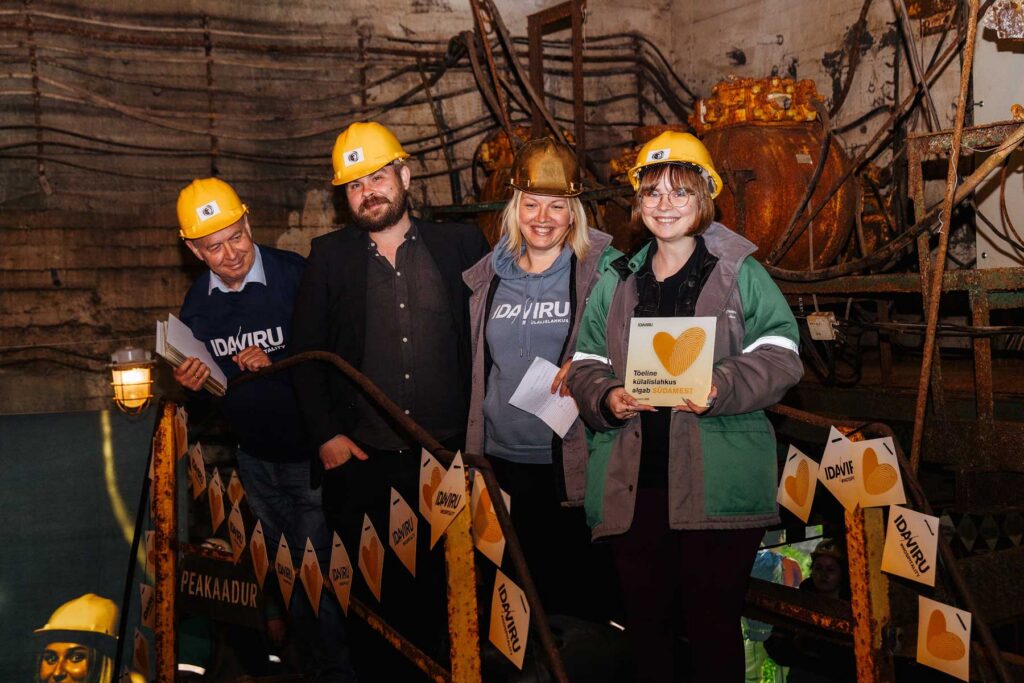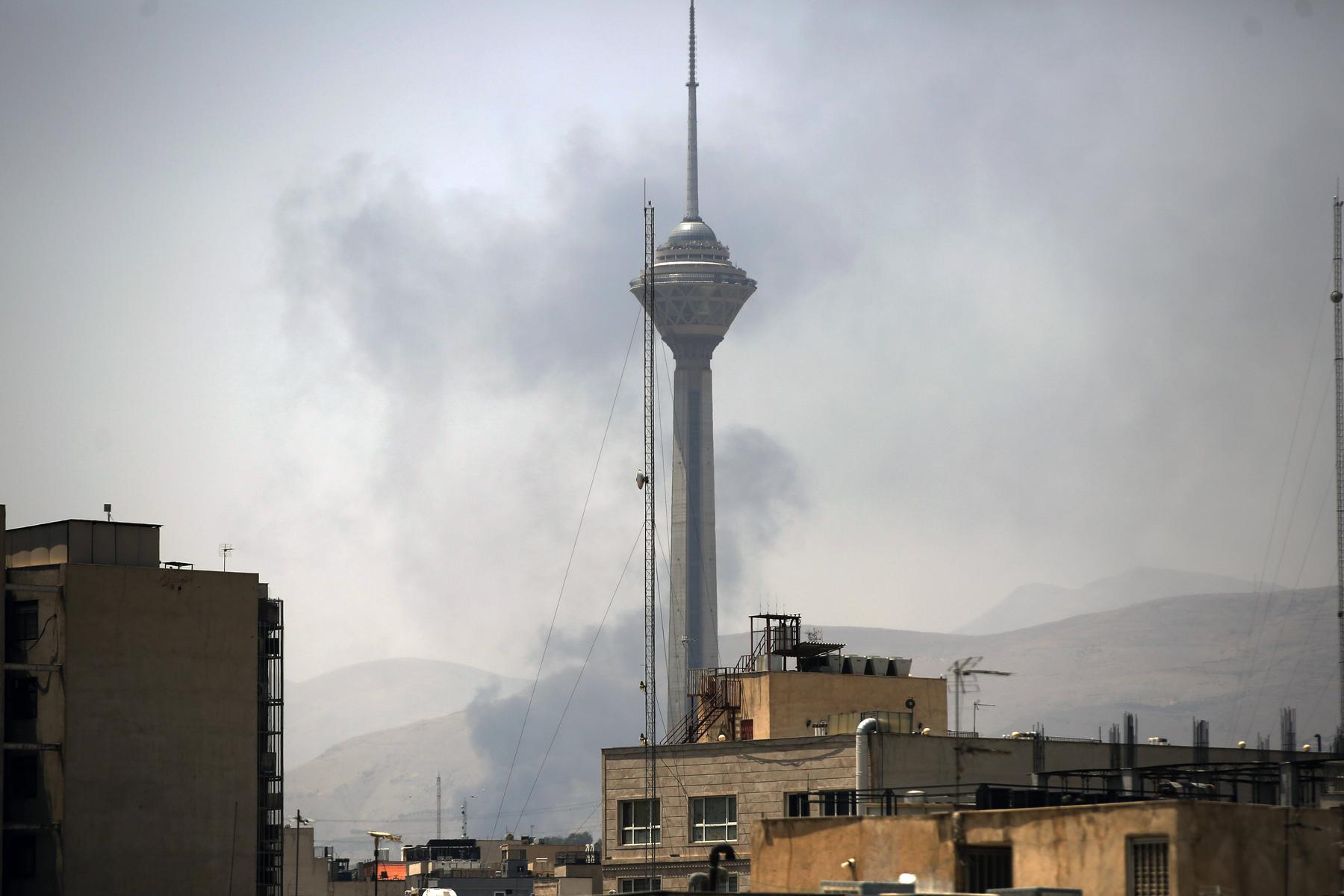Big conflict with Tallinn

Fogta of the XIV century. Drawing J. Naha.
Arnold Paul Suvalep. “History is the Danish and Livonian periods.” Start Here.
By the beginning of the 15th century, the disagreements between Narva and Tallinn went so far that, as already indicated, in 1405, Narva merchants were closed to the trade courtyard in Novgorod. But this could hardly have caused an open conflict between the two cities, since Narva was too weak for the open confrontation of Tallinn. All conflicts that arose before 1417 were at least officially conflicts between the city of Tallinn and Narva Vogt.
So in 1414 there was a dispute due to cargo with salt belonging to the burgomaster Tallinn Gerdu Witte. At the mouth of the Narva River, his ship sat aground. The people of the Narva Vogt saved the cargo from flooding and for this, according to the old custom, they kept the third part of the cargo. Tallinn remained dissatisfied with this. Fogt Narva, in turn, claimed that if his people had not come to the rescue, then the load with salt died completely.
|
|
The conflict ended with Witte on behalf of all the merchants who visited Narva in 1415 with the Narva Vogt Engelbrecht Krevt, an agreement on which a monetary reward was established for the salvation of drowning goods. This agreement was approved by the master of the Livonian Order on February 24, 1414.
While in Narva, Gerd Witte concluded an important agreement with the Narva Magistrate. Narva intended to start levy from arriving ships at the mouth of the Ship River the so -called “pile collection” to replenish her income. Witte then agreed that Tallinn would establish this fee, of course, provided that part of the funds will be received in the NARVU. Witte explained his proposal to the fact that if the collection is assigned in Narva, this initiative would be taken to the order of the Order and then the Russians can begin, in turn, to tax goods, which in the future can lead to great disagreements. The Narva magistrate agreed with these arguments.
Tallinn merchants who did not take part in the Narv trade either because of their conscientiousness and law-abiding, or due to the lack of necessary ties, followed the ongoing trade in Narva with a sense of bitter envy.
A major conflict arose among Tallinn in 1417 and this time not with the order authorities, but with the city of Narva.
In 1416, a decline in trade with Russia again occurred. This time, the reason covered that the fabrics sold to the Russians did not correspond to the desired length. Disagreements because of this arose already in November 1415. On January 17, 1416, Tartu, on his own initiative, banned trade with Novgorod. In February, at the Congress of Livonian cities, other cities joined Tartu to Tartu, and trips to Novgorod and to the Neva were prohibited. In Riga, Tartu, Tallinn and Narve, trade with the Russians remained free.
The situation was also aggravated by the complex relations of Livonia with all its neighbors. The war was brewing with Lithuania and Poland. Relations with the Danish king, who were subordinated to Sweden and Norway, were also hostile. Lithuanian Prince Vitautas, having a good relationship with Moscow, pushed Novgorod to war. There was a peace treaty with Pskov, but it could also be terminated. The situation on the border was so tense that Comur Tallinn, who usually headed the troops of the order, already went to Vasknarva on March 9.
On Maslenitsa on March 3, Novgorod ambassadors came to the master of the Livonian Order and demanded compensation for damage caused in 1407 by their lands by the troops of the Order during the Pskov war with the Order, as well as silver, confiscated by Narvsky Fogt in 1409 from Novgorod cabs, etc.
Foreign cities did not agree with the trade prohibition established by the cities of Livonia. In April, the congress of cities in Copenhagen even invalidated the trade ban established by the Livonian cities. The congress of the Hanseatic cities, held in May in Lubeck, again demanded an annul in a trade ban. Livonian cities still remained with their opinion. All embassy trips to Novgorod did not lead to any results, and in the fall there was a complete ban on trade. Trade was also prohibited with Pskov and Polotsk. On all roads, bailiffs were exhibited, who monitored the execution of the order.

Drawing I. Nakha.
By the beginning of next year, relations have become even more aggravated. In Novgorod, in the markets and streets it was announced that every resident would prepare to help the prince in the war against the Germans. In this difficult environment, the Narva Vogt sent ambassadors to Novgorod. They obviously managed to clarify the situation so much that trade in Narva resumed. It can still be assumed that here it never stopped, and with the mediation of merchants from the Vodsk land, goods from the mouth of the Neva slowly fell into Narva. By the beginning of 1417, the trade hidden until then was so revived that it began to annoy other cities. A number of nonresident merchants arrived in Narva, who settled here for a long time and took root. The most famous among them was the Bernd Lemgo, a member of the Tallinn Gild, who previously turned out to be insolvent and fled from the persecution of creditors to Sweden, and then began to conduct lively trade with Novgorod, first through Vyborg, and then Narva.
Tallinn merchants who did not take part in the Narv trade either because of their conscientiousness and law-abiding, or due to the lack of necessary ties, followed the ongoing trade in Narva with a sense of bitter envy. One of the Tallinn merchants Peter Van der Volme in April 1417 in the Riga magistrate made a proposal that Tallinn take forced measures against those who, in violation of the ban, conduct trade in Narva.
Order authorities in Narva looked condescendingly at trade, because It was in their interests that relations with Russia would not deteriorate. The Narva magistrate, for his part, tried to loyally comply with the instructions of Tallinn. In the magistrate they took oily promises from the merchants that the latter would not violate the trade ban. In the Tallinn book of fines, there is a mention that a certain Lutka Khincensson was fined for violating this oath in Narva, because, despite the ban and this oath, nevertheless put a party of salt to the Neva.
To complicate trade through Narva, the Tallinn Magistrate began to impede the transportation of goods in Narva. In the summer of 1417, the issue of Narva trade was considered at the congress of Hanseatic cities in Lubeck and Rostok, where it was decided to write to the authorities Narva and Turku, as well as Vogt Vyborg about Burnd Lemgo, who had traded contrary to the prohibition with the Russians. It was also decided to write Lemgo himself. At the same congress, it was decided to limit the trade in the Dutch in Livonia.
The political situation continued to be tense. There is even a message that Novgorod laid a fortress on the Narva River. He also completely closed the entrance to the German merchants into their lands.
Already at the congress on January 24, 1417, the cities turned to the order authorities with a request to join the ban on trade with the Russians, and so that the master of the Order also prohibit grain from Livonia. Now that the volume of Narva trade has increased significantly, Tallinn officially addressed both Narva and Fogt Narva demanding to stop trade with the Russians, especially so that the salt does not go into Russian lands. Tallinn also warned Narva that in relation to everyone who would continue trade with the Russians, coercion measures will be applied to Tallinn.
The Narva Magistrate consulted with the fagot of Narva and immediately informed about the affairs of the master of the order. Apparently, together with the order authorities, a plan for the response of the Tallinn magistrate was developed. On July 7, 1417, Narva assured that salt from Narva was not exported to Russian lands, but the Narva fishermen who visited the mouth of the Neva saw that ships from Danzig with a load of salt and herring had come there. The Narvites emphasized that if the Narva merchants are granted the same rights in the Novgorod’s trading courtyard that other Hanseatic cities have, then Narva, of course, will fulfill all the requirements for her by Hanseatic cities. In the same spirit, the fogt of the order answered: the Narva merchant is deprived of the opportunity to enjoy the rights of Hanseatic merchants, and therefore trade in Narva is on the basis of individual agreements. For this reason, VOGT does not consider it fair to impede trade in Narva. If Tallinn does not agree with this, then he can file a complaint with the master of the Livonian Order and then Narva will obey his decision.
However, the master of the order also supported the policy of Narva. On July 18, 1417, he told Tallinn that, in his opinion, Narva could listen to the instructions of the Hanseatic cities only if her burghers have the same rights as the Hanseatic merchants. At the moment, the residents of Narva should not use their rights and freedoms.
Tallinn, of course, did not like the independence of Narva. Probably, this issue was discussed at a congress of cities in Tartu on August 1 and, probably, with the knowledge of the Congress Tallinn adopted a new resolution: to ban the purchase of goods in the cities of Hansa, those who still decide to appear in these cities should confiscate money and goods.
Tallinn began to severely punish everyone who traded through Narva.
The conflict between Narva and Tallinn acquired a very acute character.
(To be continued)
The Post Big conflict with Tallinn FIRST Appeared on gazeta.ee.








